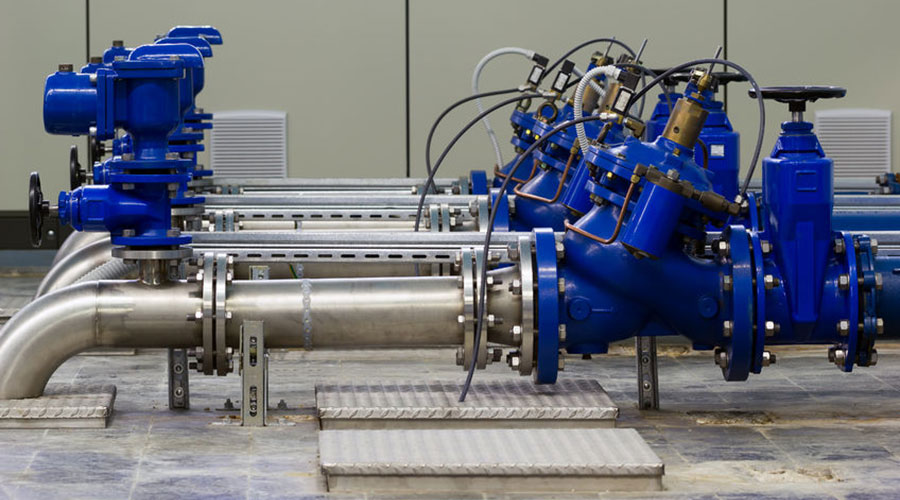Avoid oversizing when selecting pumps and replace oversized pumps
Best Available Technique (BAT)
BAT is to optimise pumping systems by avoiding oversized when selecting pumps and replacing oversized pumps
Brief technical description
The pump is the heart of the pumping system. Its choice is driven by the need of the process which could be, first of all, a static head and a flowrate. The choice also depends on the system, the liquid, the characteristic of the atmosphere, etc.
In order to obtain an efficient pumping system, the choice of the pump has to be done so as to have a n operating poi nt as close as possible to the best efficiency point.
It is estimated that 75 % of pum ping systems are oversized, many by more than 20 %.
Oversized pumps represent the largest single source of wasted pump energy.
When choosing a pump, oversizing is neither cost nor energy efficient as:
- the capital cost is high
- the energy cost is high because more flow is pumped at a higher pressure than required.
Energy is wasted from excessive throttling, large by passed flows, or operation of unnecessary pumps.
Where oversized pumps are identified, their replacement must be evaluated in relation to other possible methods to reduce capacity, such as trimming or changing impellers and/or using variable speed controls. Trimming centrifugal pump impellers is the lowest cost method to correct oversized pumps. The head can be reduced 10 to 50 per cent by trimming or changing the pump impeller diameter within the vendor’s recommended size limits for the pump casing.
The energy requirements of the overall system can be reduced by the use of a booster pump to provide the high pressure flow to a selected user and allow the remainder of the system to operate a lower pressure and reduced power.
The European Procurement Lines for water pumps provides a simple methodology for selecting a highly efficient pump with a high efficiency for the requested duty point. This methodology can be downloaded from:
http://re.jrc.ec.europa.eu/energyefficiency/motorchallenge/pdf/EU_pumpguide_final.pdf
Achieved environmental benefits
Save energy
Some studies have shown that 30 to 50 % of the energy consumed by pumping systems could be saved through equipment or control system changes.
Cross-media effects
None reported.
Operational data
Oversizing is the largest single source of pump energy wastage.
Note that throttle control is less energy wasteful than bypass control or no control. However, all are wasteful of energy and should be considered for replacement according to size of the pump and how frequently it is used.
Applicability
For new pumps: all cases
For existing pumps: lifetime cost benefit
The applicability of particular measures, and the extent of cost savings depend upon the size and specific nature of the installation and system. Only an assessment of a system and the installation needs can determine which measures provide the correct cost-benefit. This could be done by a qualified pumping system service provider or by qualified in-house engineering staff.
The assessment conclusions will identify the measures that are applicable to a system, and will include an estimate of the savings, the cost of the measure, as well as the payback time.
Economics
Pumping systems often have a lifespan of 15 to 20 years, so a consideration of lifetime costs against initial (purchase) costs are important.
Pumps are typically purchased as individual components, although they provide a service only when operating as part of the system, so a consideration of the system is important to enable a proper assessment of the cost-benefit.
Driving force for implementation
Energy and cost savings.
Example plants
The optimisation techniques are widely used.
 EE Metal
EE Metal




